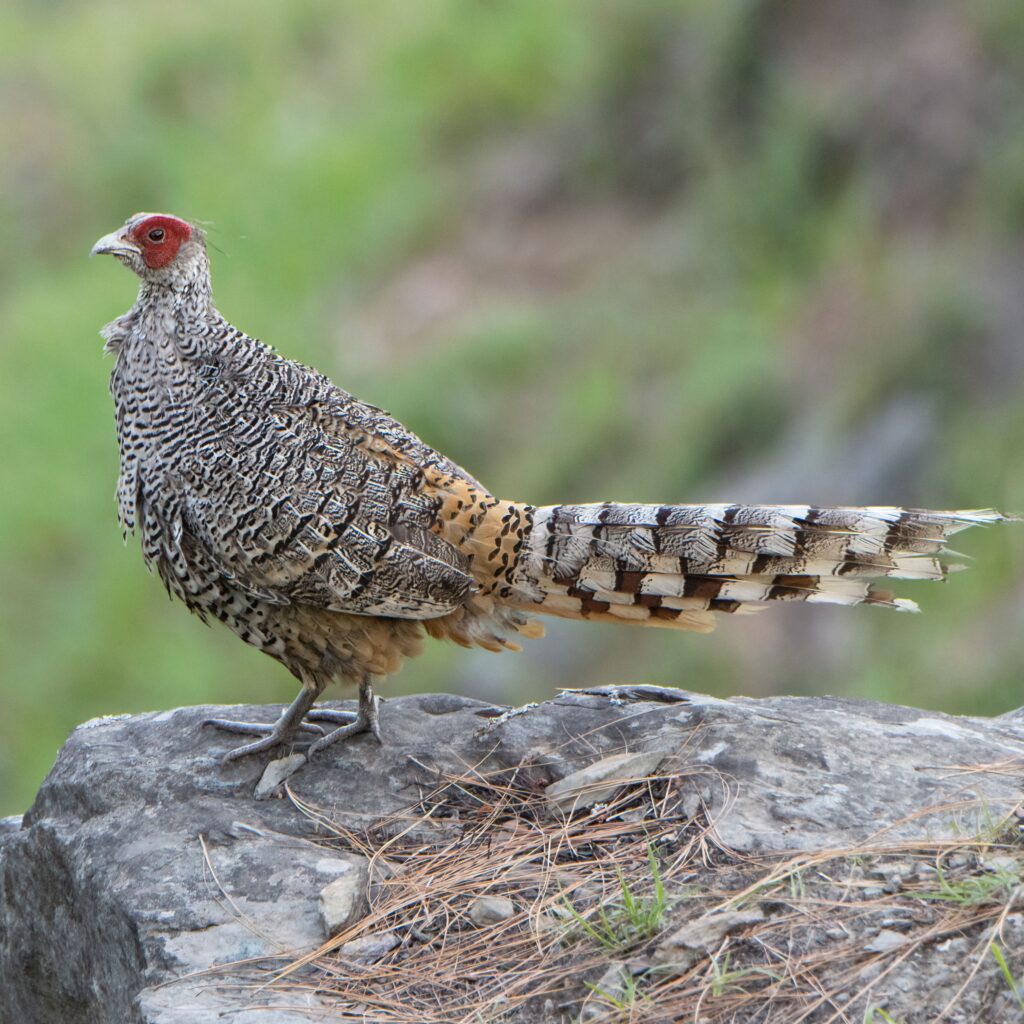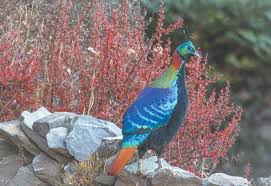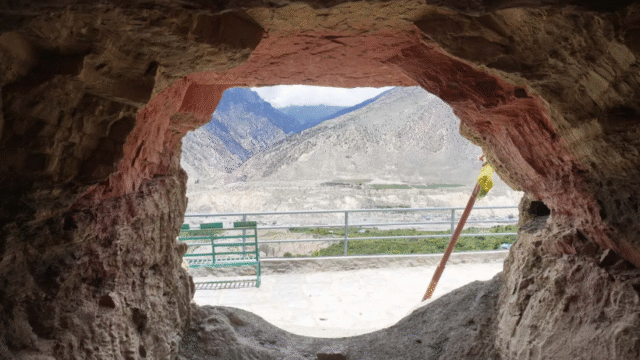Species count was recently conducted in the forested areas of Machhapuchhre Rural Municipality. From April 16 to May 1 (Baishakh 4 to 18), a pheasant count was carried out by the World Pheasant Association and the Biological Diversity Conservation Society Nepal in cooperation with the Annapurna Conservation Area Project (ACAP). Four pheasant species were the focus of the survey: Koklass Pheasant (Fokrās), Satyr Tragopan (Munal), Himalayan Monal (Danphe), and Blood Pheasant (Pyura).
To carry out a comprehensive bird count in the forested regions of Machhapuchhre Rural Municipality, a dedicated team of 19 researchers and assistants was mobilized. This extensive survey covered a range of ecologically significant areas including Pilicho, Pipar, Khumai, Korcha, Lubruchu, Chichimle, Danphe Chaur, Hile, and Odane. The goal of the initiative was to monitor the population status of key high-altitude pheasant species that are considered important indicators of biodiversity and environmental health in the Himalayan region. The team meticulously recorded the presence and numbers of various bird species during their fieldwork.

Their findings were noteworthy: they documented 146 individuals of the Danphe (Himalayan Monal), Nepal’s national bird known for its vibrant plumage and ecological significance. Additionally, the count revealed 148 individuals of the Satyr Tragopan, commonly referred to as Munal, another striking and elusive pheasant species.

The survey also identified a total of 170 Blood Pheasants (locally known as Pyura), which are typically found in alpine scrub and coniferous forests. Furthermore, 19 Koklass Pheasants (locally called Fokrās) were recorded in the study area. These results contribute valuable data for conservation planning and highlight the rich avian diversity that exists in the forested zones of Machhapuchhre Rural Municipality.

In addition to pheasants, the area is home to around 200 bird species, with past surveys dating back to 1979 documenting 314 species in total. The region particularly Pipar Sanctuary or Pipar Reserve is renowned among birdwatchers and researchers worldwide. It lies within the Annapurna Conservation Area, designated as an Important Bird Area (IBA), hosting 518 bird species overall.

One of the major threats to pheasant species like the Danphe and Munal is illegal poaching and wildlife trafficking. To combat this, Biocos Nepal and ACAP have recently implemented SMART (Spatial Monitoring and Reporting Tool) Patrolling, a mobile-based monitoring system. Trail cameras are also in use to curb poaching activities.
The Machhapuchhre Rural Municipality and Great Machhapuchhre Trail Committee are also actively working to conserve pheasants and other wildlife in the region. The initiative aims to boost the population of these species and promote the area as a prime eco-tourism destination in Nepal for birdwatching, especially for pheasant species. The Nepal Ornithologists’ Association also supported the program by providing bird experts for the survey.






